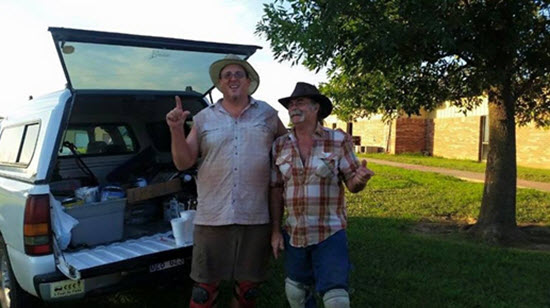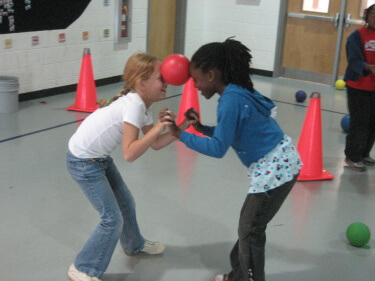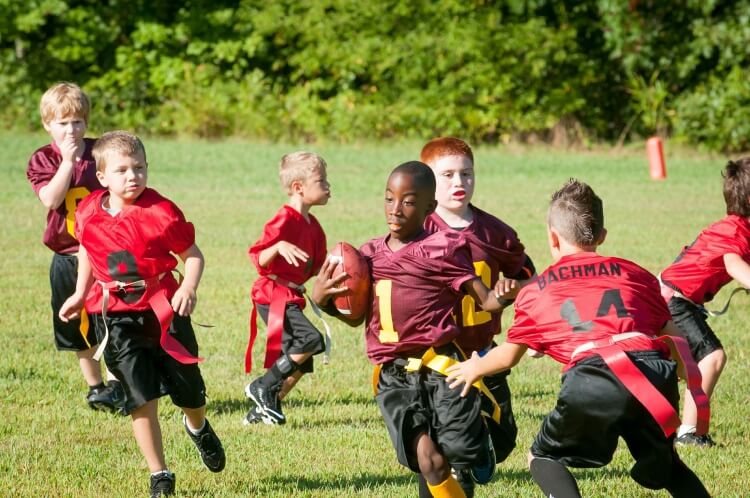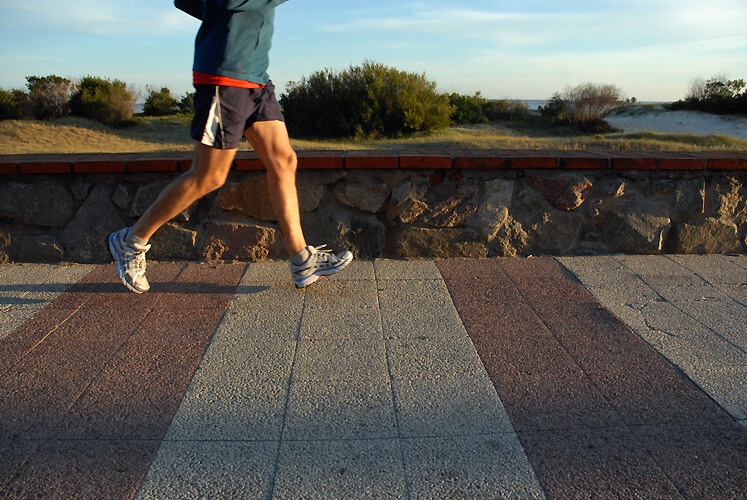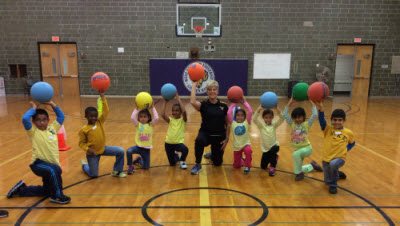As physical educators, we have many opportunities to improve the lives of thousands of kids who participate in our school physical education programs. If we are diligent in improving our programs by focusing on lifelong health and physical activity with our students, we can all do our part in succeeding with “50 Million Strong.”
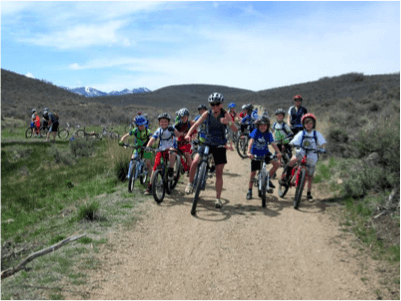
What’s My Number?
At McPolin Elementary School, my number is 425, preschool through 5th graders. I work directly with the Lifestyles Counselor to provide quality instruction at our Title 1 school. We are a Spanish Dual-Immersion school. Although we live in an affluent resort town, 50 % of our students are on free or reduced lunch. We have Federal funding for free breakfast for all students and a healthy snack every day (See EATS program below). We have an Afterschool Enrichment Program for at-risk students, that provides a snack, a physical activity, computer, and homework sessions.
Some students go home to care for their younger siblings at night while parents work in a service job. Many have multiple families living in the same apartment. The challenge for me is to help provide a variety of opportunities for physical activities at school and in the community. I work closely with community agencies to provide access to programs that will benefit ALL of our population. The adage “it takes a village to raise a child,” definitely applies to our town. Many residents have stepped forward to benefit our diverse population.
